I went straight into research mode. I'd seen Disney's John Carter and the Tin Man minis, but that was all I knew of Burrough's Mars. Naturally, I first hit up Wikipedia and a few dedicated fan sites, ultimately deciding to go straight to the source. I downloaded and read A Princess of Mars and a good chunk of Gods of Mars. Aside from some dated story-telling, I found myself enjoying them. A week or so later - armed with a highlighted copy of the books, a decent working knowledge of Barsoom-ian miniature ranges, and some targeted image-searched reference material - the seed of a diorama began to form in my head. In my mind's eye, I saw John Carter, Dejah Thoris and Tars Tarkas fighting back-to-back against the deadly creatures of Mars!
The miniatures I chose to use came from the aforementioned Tin Man Miniatures as well as Bronze Age Miniatures.
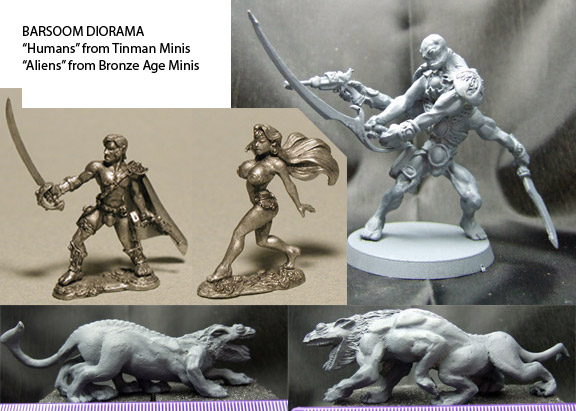
I'm happy to report that both companies were easy to deal with and shipped promptly. The quality of sculpts and casts were both good, though I went in knowing there were aesthetic choices I'd have to alter on certain minis. Not pictured is one of the White Apes from Bronze Age. He looks the part, but I ultimately couldn't fit him in once I abandoned the back-to-back fighting idea due to overall size concerns.
The first thing I had to change were the Banths. While they're suitably alien, I feel the mane looks stringy and matted. More beard-like than mane. The face is also a bit too reptilian for the lion-esque description given in the novel and used so commonly in artistic renderings. After a couple hours of hacking, scraping and sawing at the pair, I was both reminded why I hate metal miniatures and ready to start re-building the shape/musculature of the underlying mini.
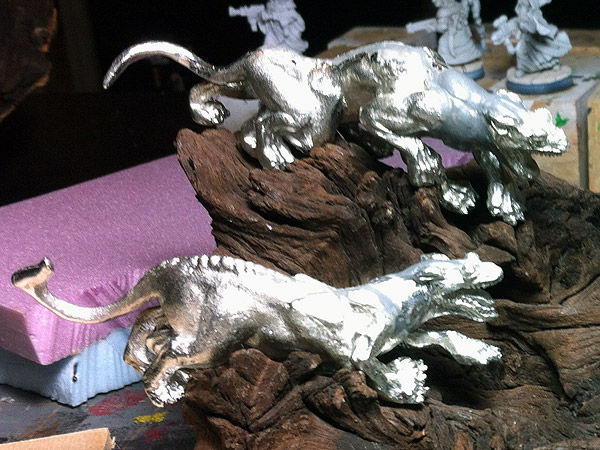
In between failed attempts at doing a spiny mane like the one in the Banth concept on this page, I scoured pet stores for aquarium decorations that might make a good alien landscape for the diorama. I considered and rejected many options in the fish area until I finally fell in love with something called Mopari wood in the reptile section. I wasn't smart enough to bring the minis with me for test fitting, so I ended up buying a couple pieces from different stores that I "thought" would work. I eventually wised up and brought the minis with me and found "the one."
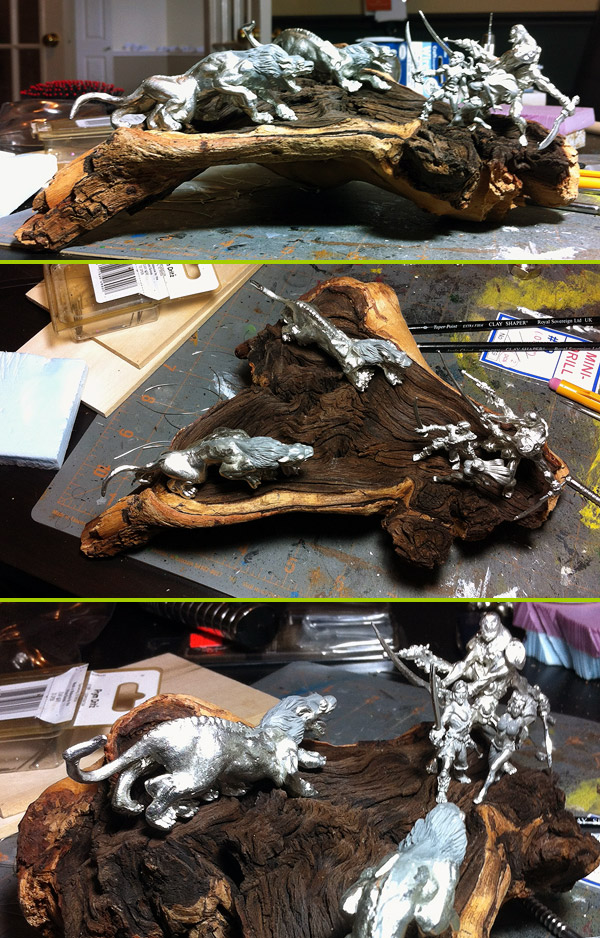
Next on the modification list was Dejah. I'm a sucker for pin-up art, and I realize that Dejah is supposed the most beautiful woman anyone's ever seen, but I feel the breasts on the stock mini look like oversized torpedoes that defy gravity. Armed with my sprue cutters, I gave mini-Dejah a double mastectomy. Yes, it felt awkward. The reconstruction and clothing thereof, on the other hand, felt okay.
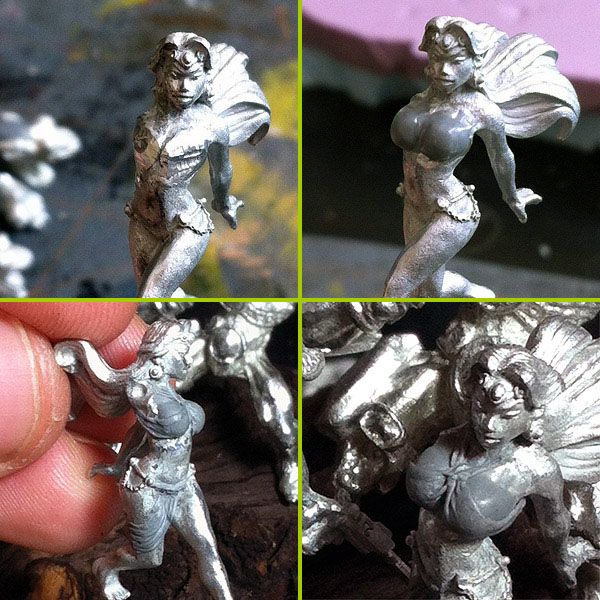
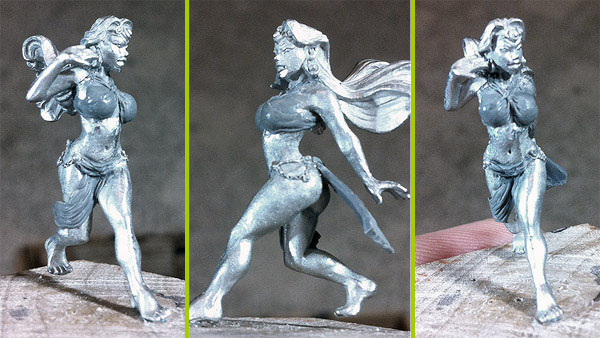
Most of her clothing is from-scratch, but the loin-cloth in the back started life as a Space Marine purity seal!
I eventually gave up on the spiny Banth idea when I broke the third drill bit small enough to fit the wire trying to get a guide-hole in the creature's metal back. The only sane option was to go with a more traditional, lion-esque mane. Now that I've built one from scratch, I see why the original was flat. It's not easy building volume! That being said, I think I did a decent job at increasing the volume and majesty of the beast, while adding prominent fangs and a re-nose-job help shift the original sculpt from reptile to feline.
John got a re-pose of arms and legs with muscle re-scultps to look more natural and to repair damage done while twisting metal. Tars got new, more prominent movie-esque tusks, stolen from the helm of a barbarian model.
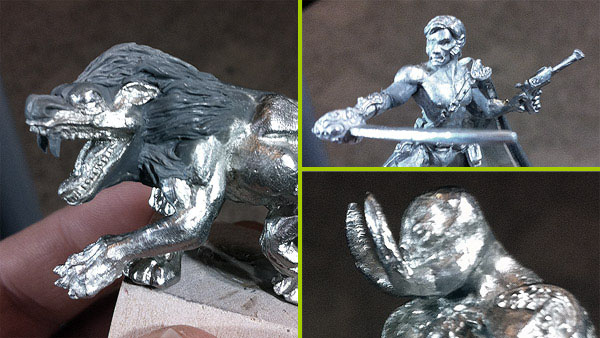
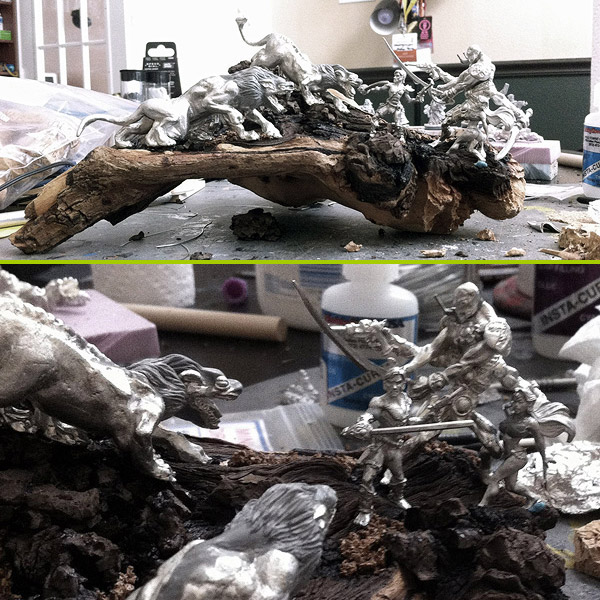
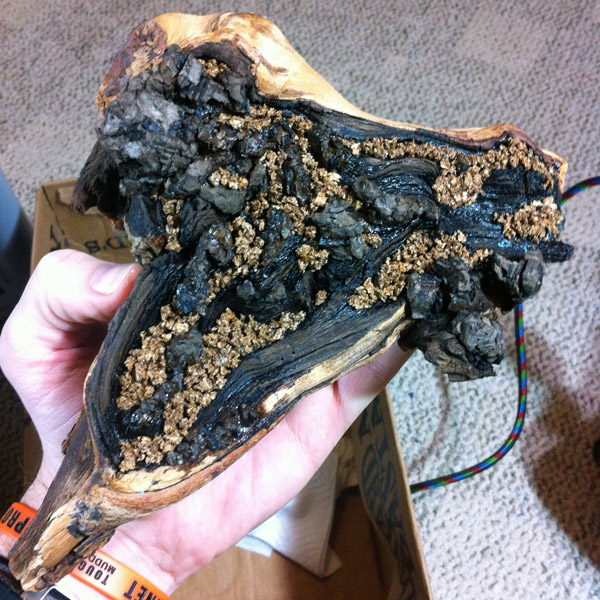
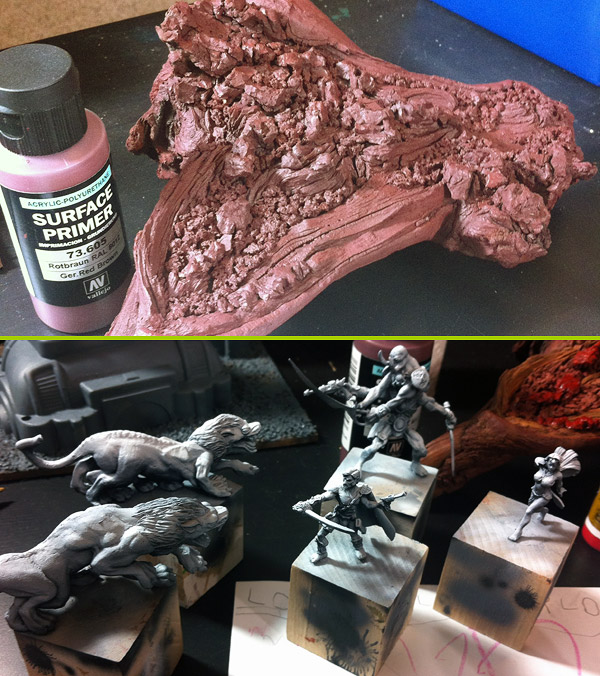
No comments:
Post a Comment